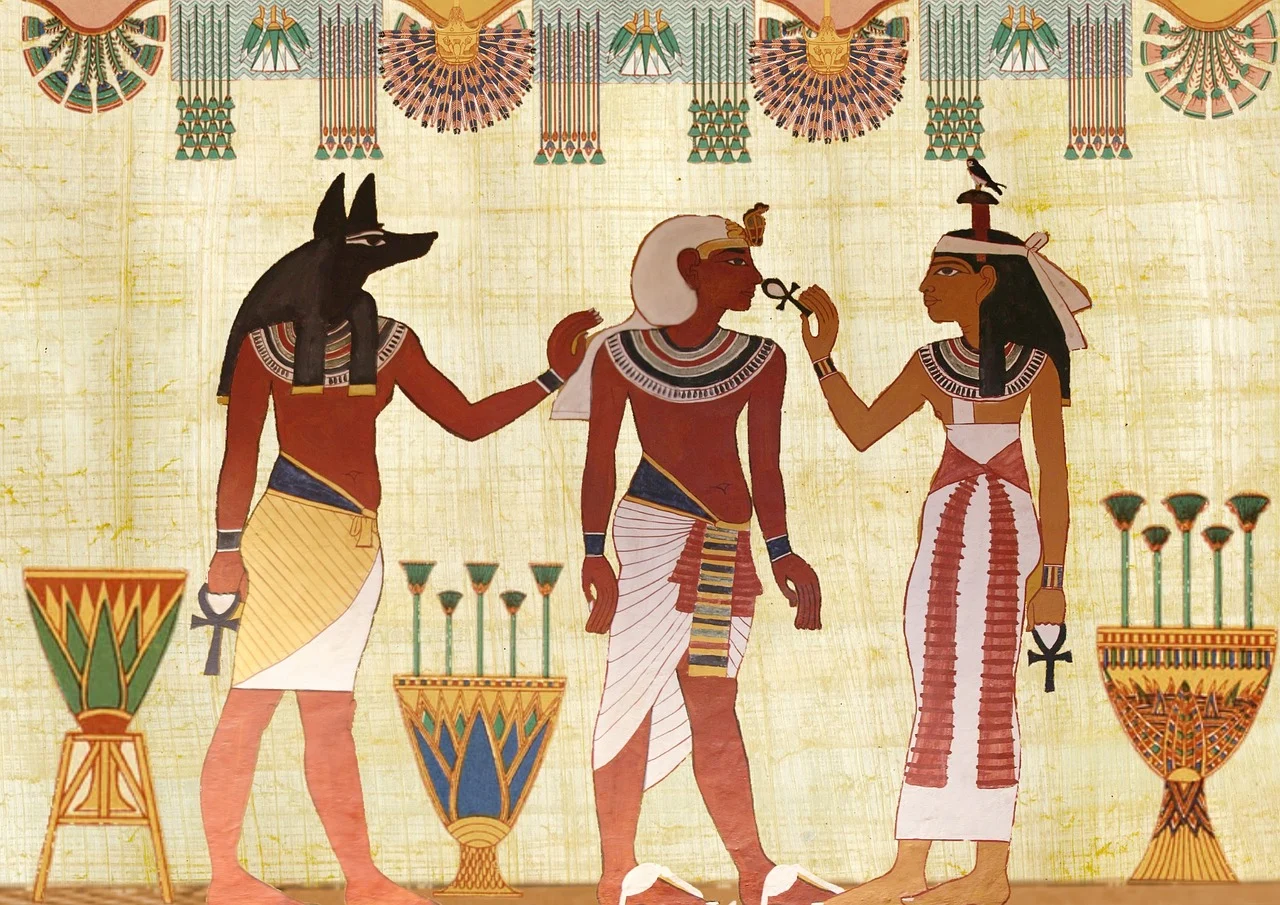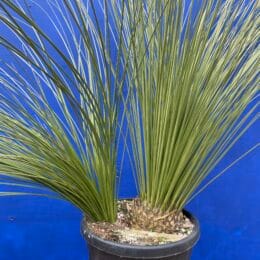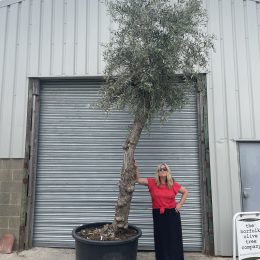Today, as spring stretches its limbs and breathes new life into our gardens, many across the world are marking Palm Sunday—a day rich with symbolism, tradition, and of course, greenery. While most people associate this day with Christian observances, palm trees have a surprisingly broad and fascinating cultural history, stretching far beyond church doors.
Why Palms?
Palms have long symbolised peace, victory, and eternal life. In the Christian tradition, Palm Sunday commemorates Jesus’ triumphant entry into Jerusalem, when crowds laid palm branches in his path—an ancient gesture of honour and celebration.
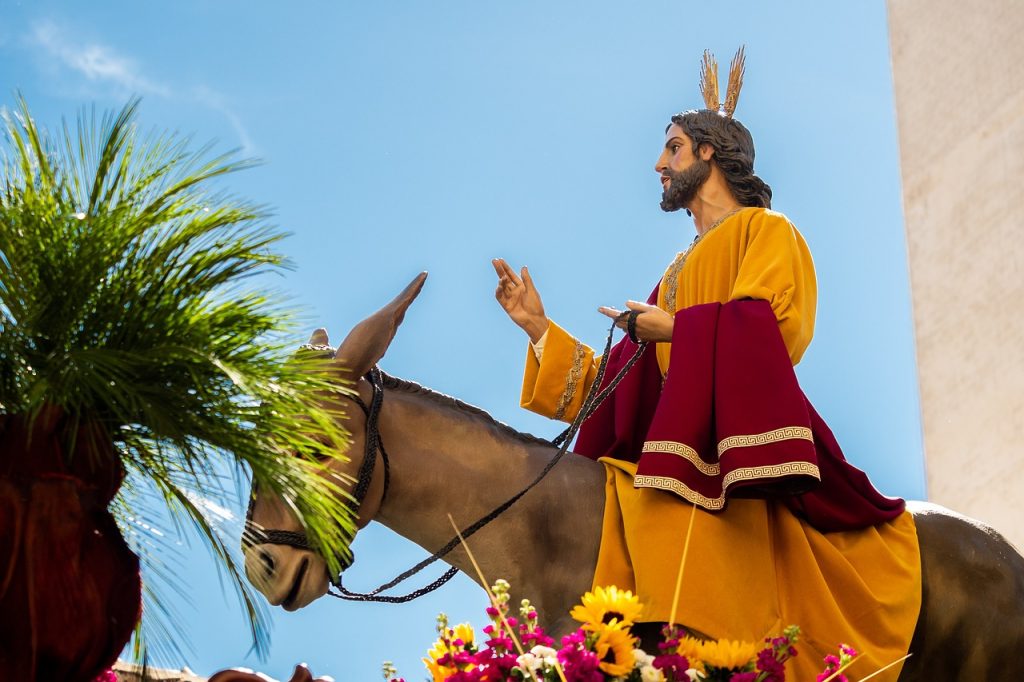
But long before it was woven into the Christian calendar, the palm held spiritual significance in other corners of the world…
Pre-Christian & Non-Christian Uses of Palm trees
1. Ancient Egypt:
Palms were associated with immortality and eternal life. Tombs were often decorated with palm motifs, and palm branches featured in funeral rites to accompany souls on their journey to the afterlife.
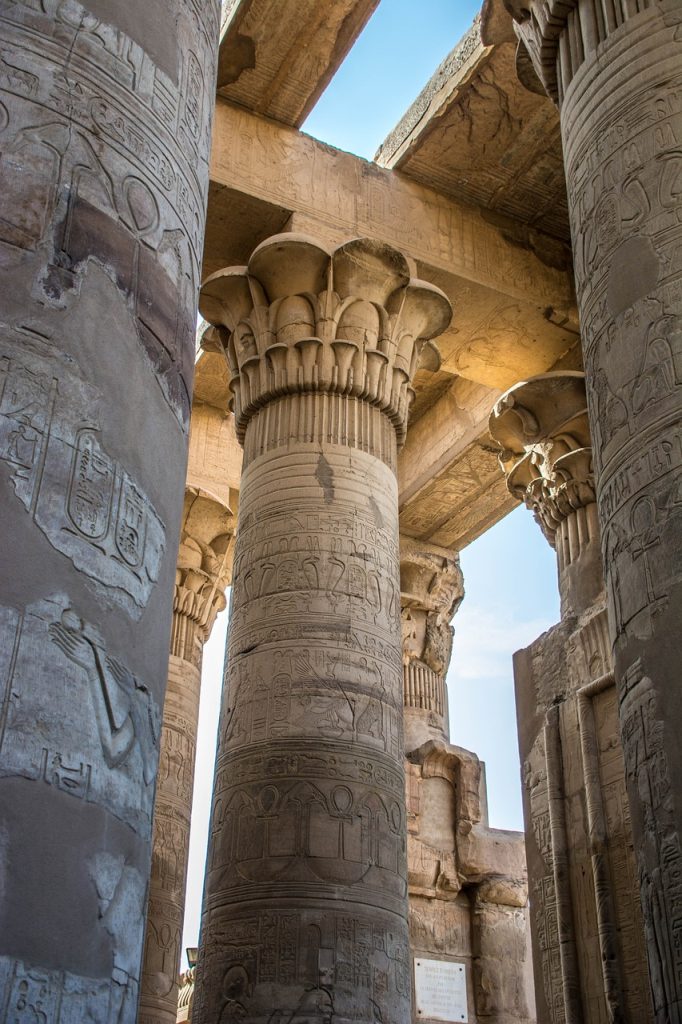
2. Ancient Mesopotamia & the Fertile Crescent:
Palms, especially the date palm, symbolised fertility and prosperity. In fact, the very act of planting a palm tree was seen as a hopeful gesture—a promise of life-giving fruit for future generations.
3. Judaism:
During the Jewish festival of Sukkot, palm branches (lulav) are one of the “Four Species” used in blessings. They’re a symbol of rejoicing and gratitude for the harvest.
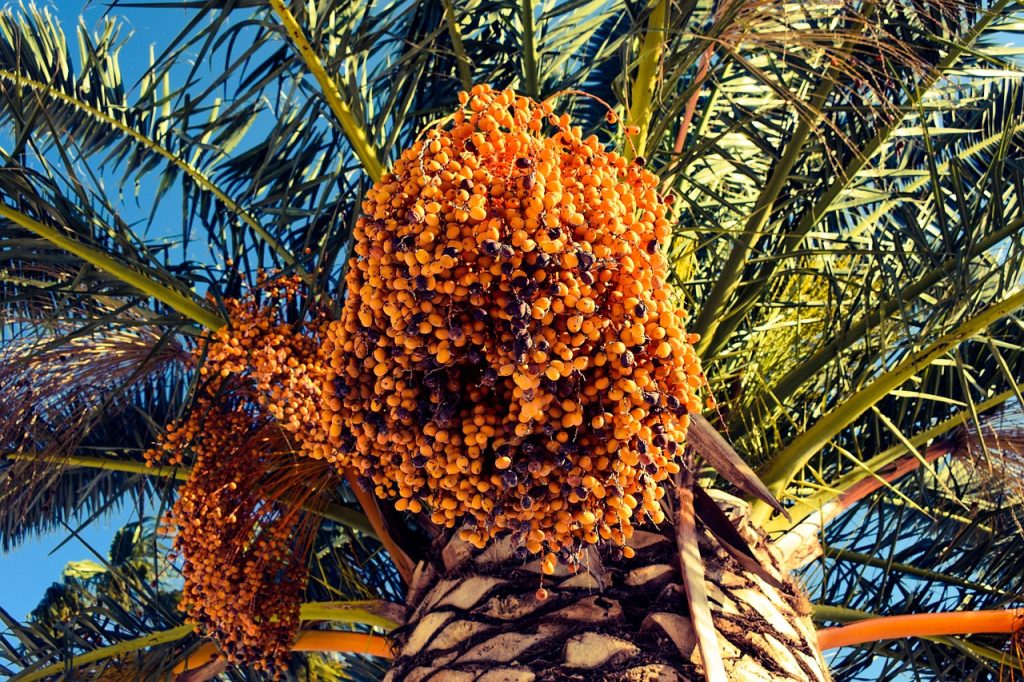
4. Islam:
Though palms are not directly associated with a single day of worship, they are celebrated in the Quran as a blessed tree—particularly the date palm, which is mentioned over 20 times. Palms often symbolise paradise and divine provision.
5. Hinduism & South Asian Traditions:
In parts of India and Sri Lanka, palm leaves are used in religious ceremonies and temple festivals, where they’re woven into intricate decorations and offerings. The fan palm is especially revered.

6. Secular & Seasonal Uses:
Even in non-religious settings, palm fronds have long played a role in seasonal festivals and celebrations of spring. In places like Spain, Italy, and across the Mediterranean, palms are intricately woven into artistic shapes during spring festivals—a joyful expression of creativity and craftsmanship.
A Modern Take: From Sacred Symbol to Garden Statement
At The Norfolk Olive Tree Company, we believe that greenery connects us to something greater—be it history, tradition, or simply the rhythm of the seasons.
Palm trees have a powerful presence. Their elegant shape and architectural form make them a striking feature in any garden, while their rich backstory connects them to thousands of years of human history. Whether you’re drawn to their sacred symbolism or simply love their bold beauty, there’s something deeply timeless about planting a palm.

So, as you sip your coffee this Sunday morning, take a moment to think about the palms—waving in ceremony, blessing harvests, welcoming the spring. They are, after all, a quiet but enduring thread in the human story.
Happy Palm Sunday from all of us at The Norfolk Olive Tree Company.

